Applied Quantitative Methods - Desklib
VerifiedAdded on 2023/06/04
|14
|1060
|341
AI Summary
This article covers various topics like frequency distribution, frequency histogram, computation of mean, median, mode, correlation coefficient, probability computation, and more related to Applied Quantitative Methods. It also includes sample calculations and interpretations. The subject is Mathematics, the course code is MATH101, and the college/university is not mentioned.
Contribute Materials
Your contribution can guide someone’s learning journey. Share your
documents today.
1 out of 14
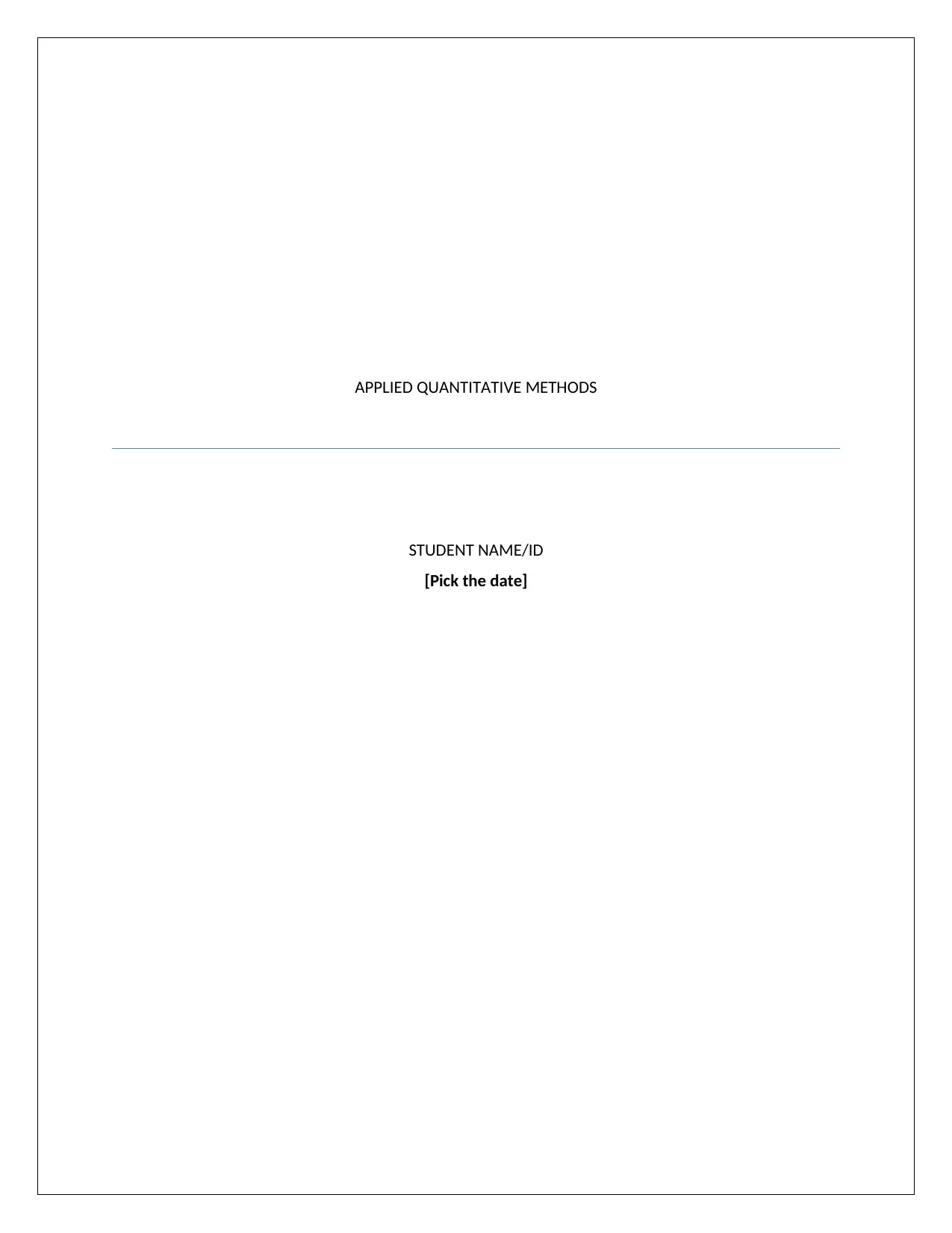
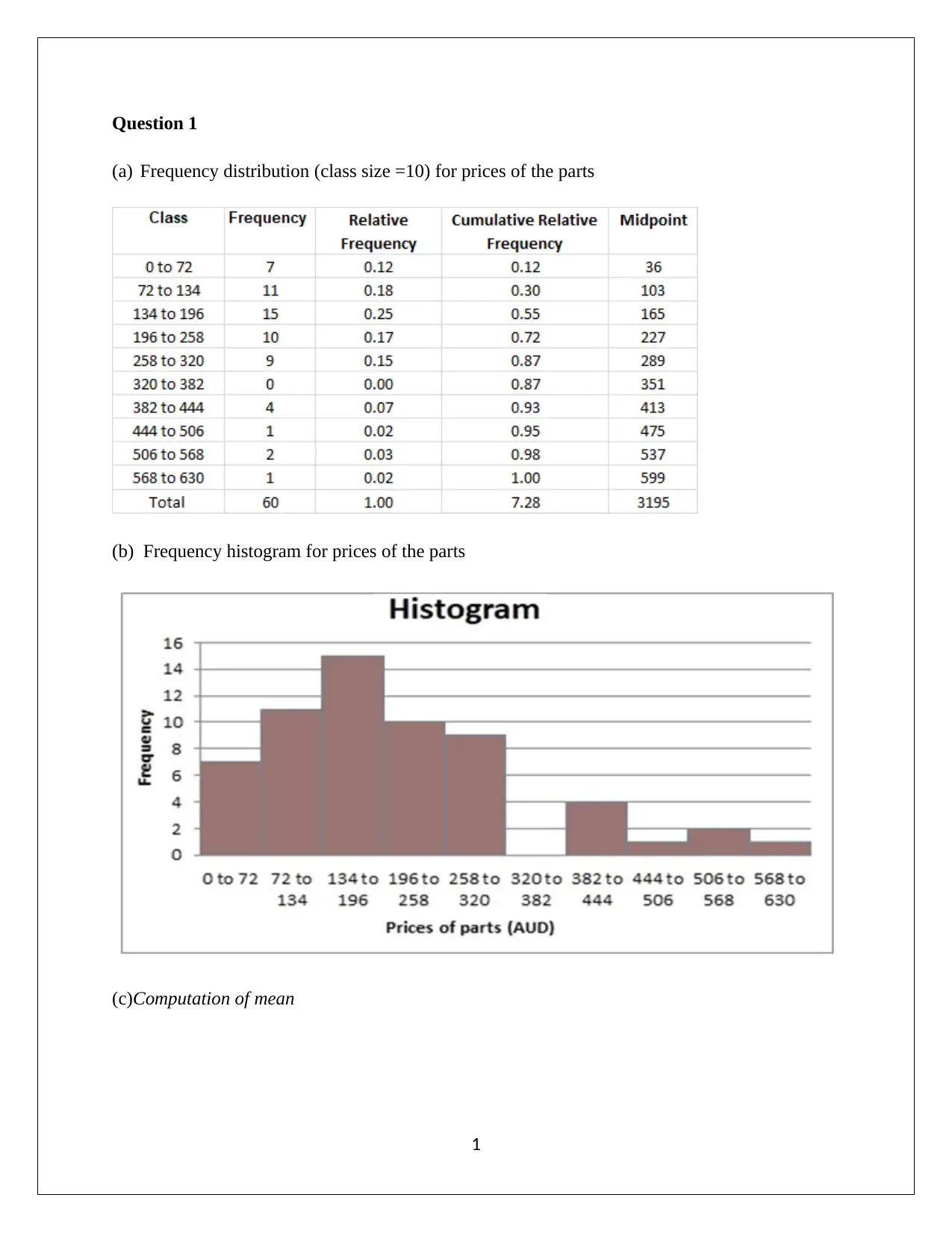
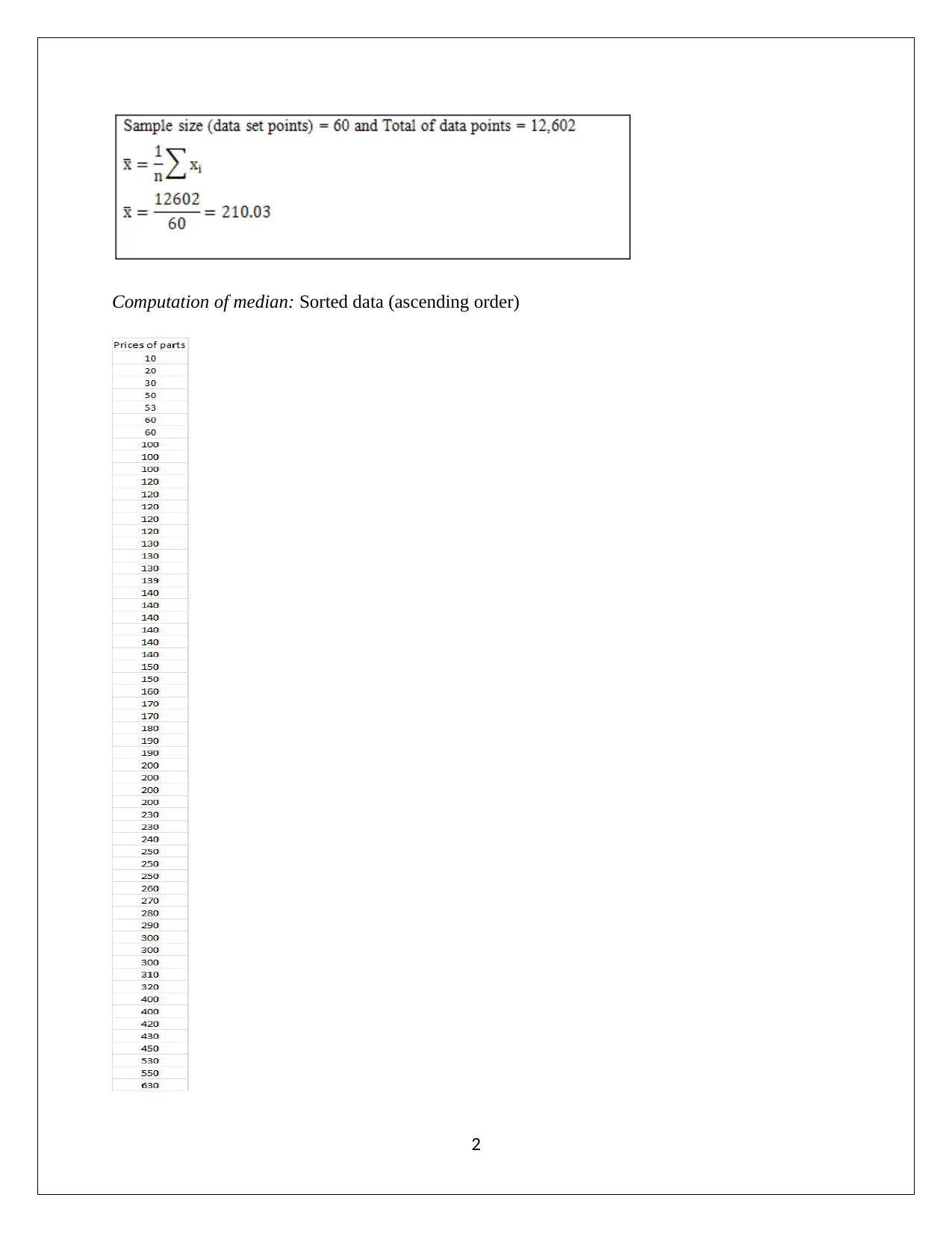
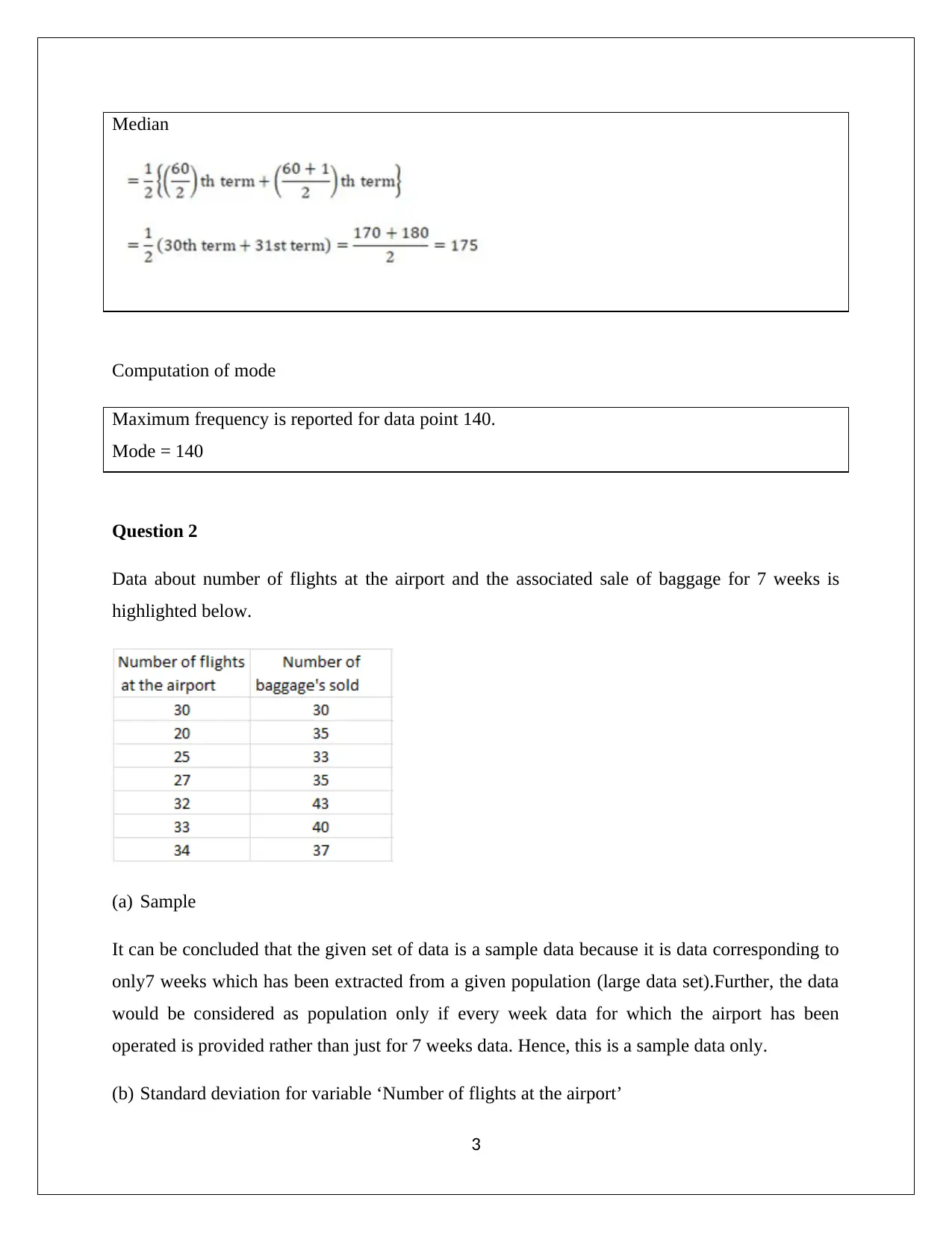
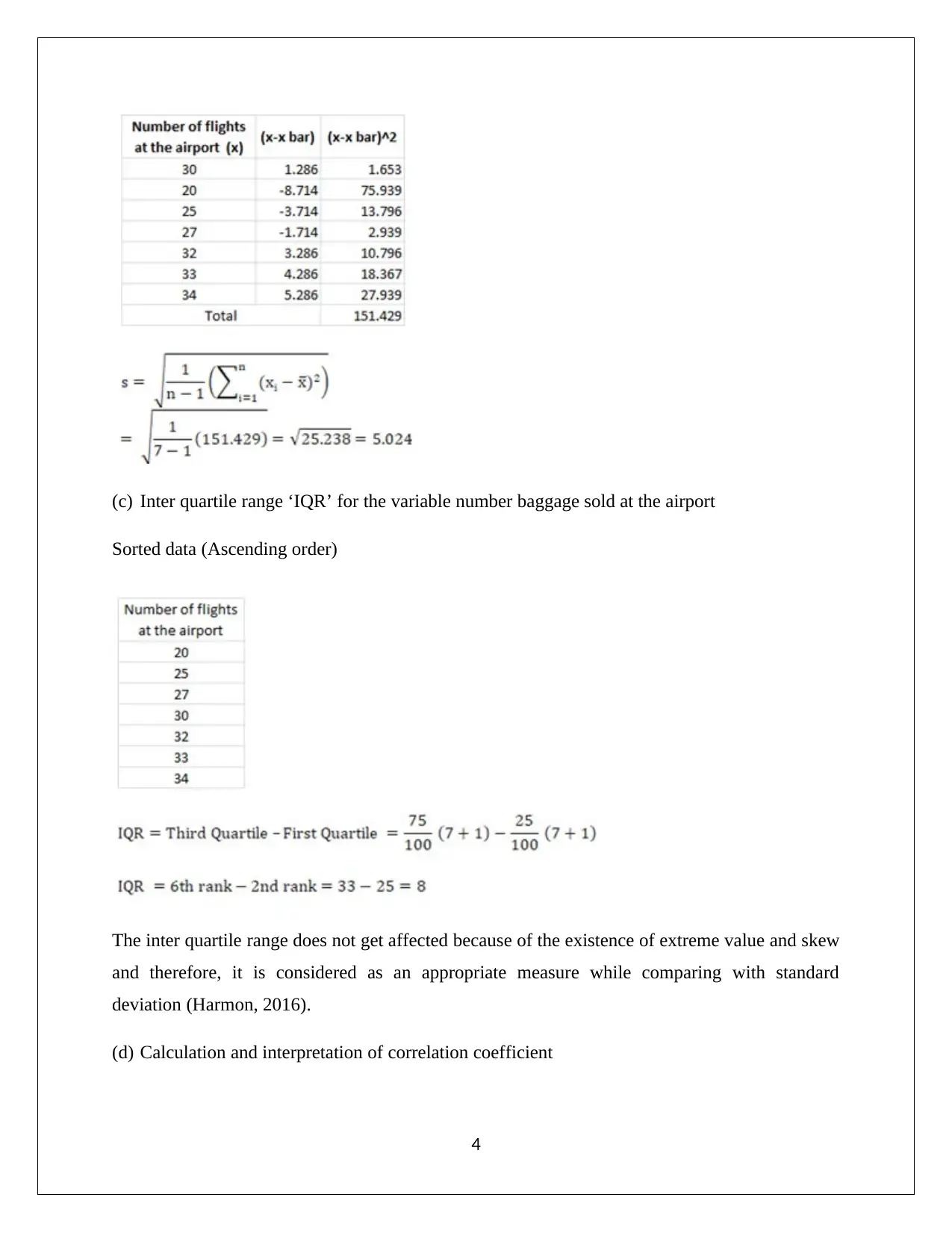
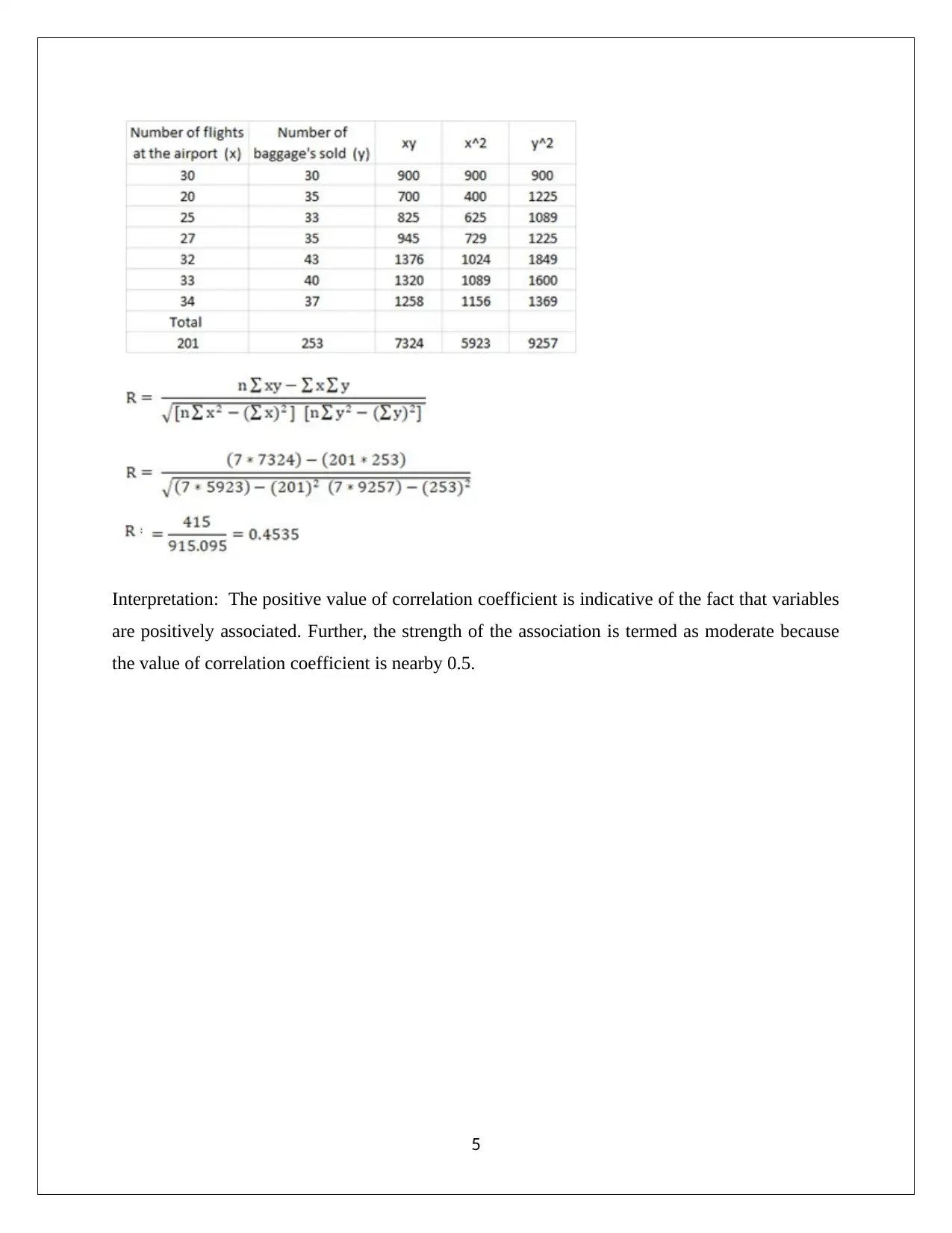
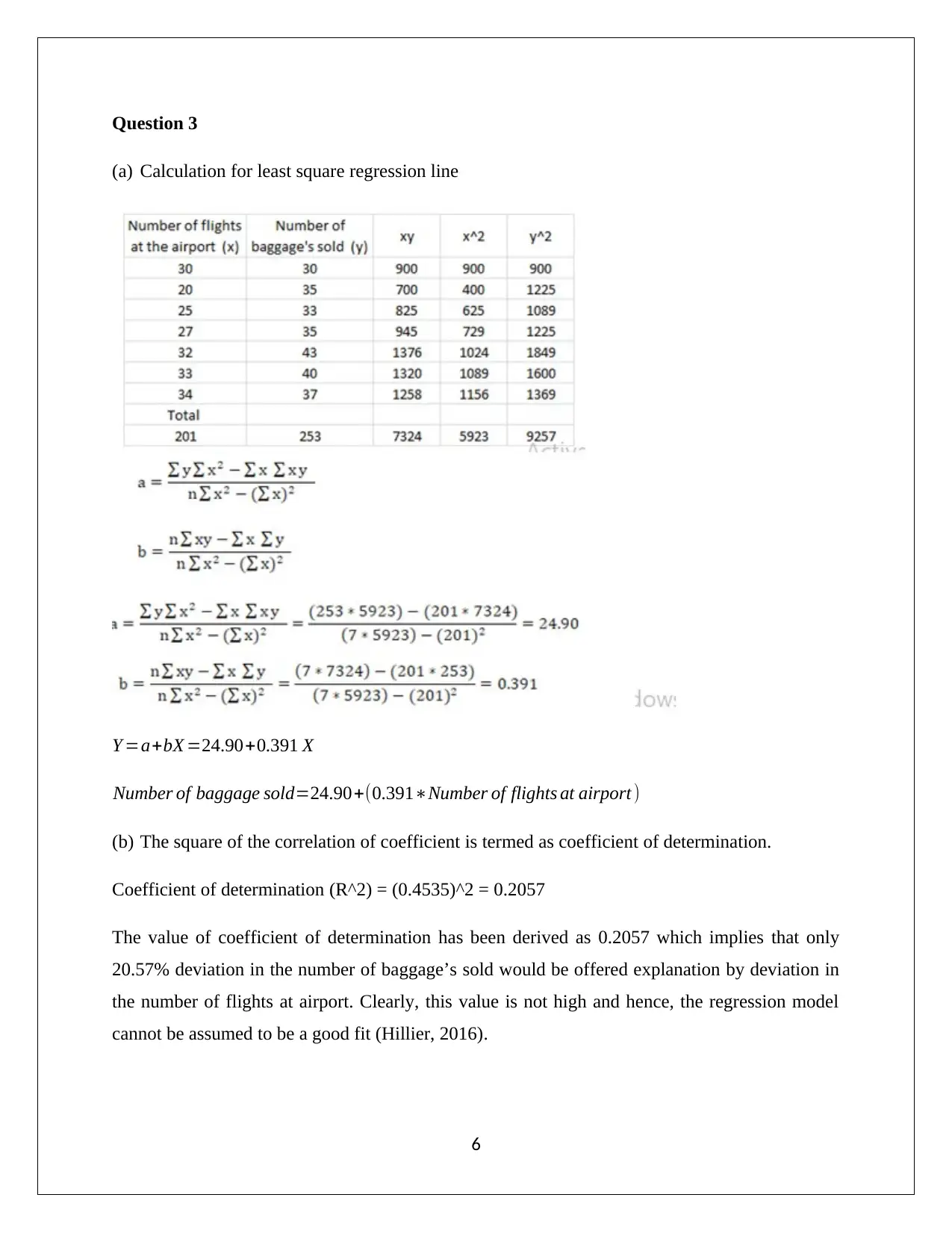
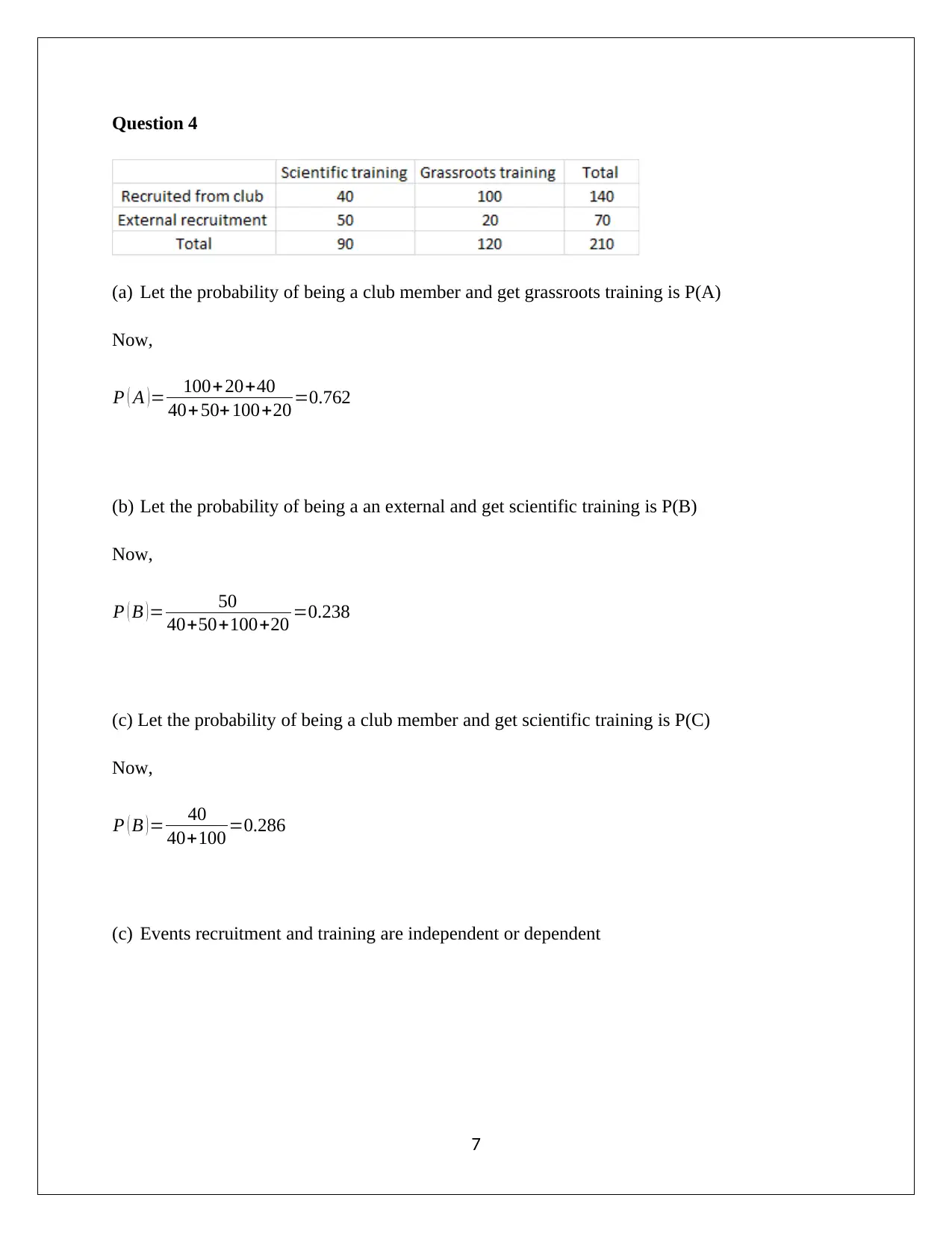
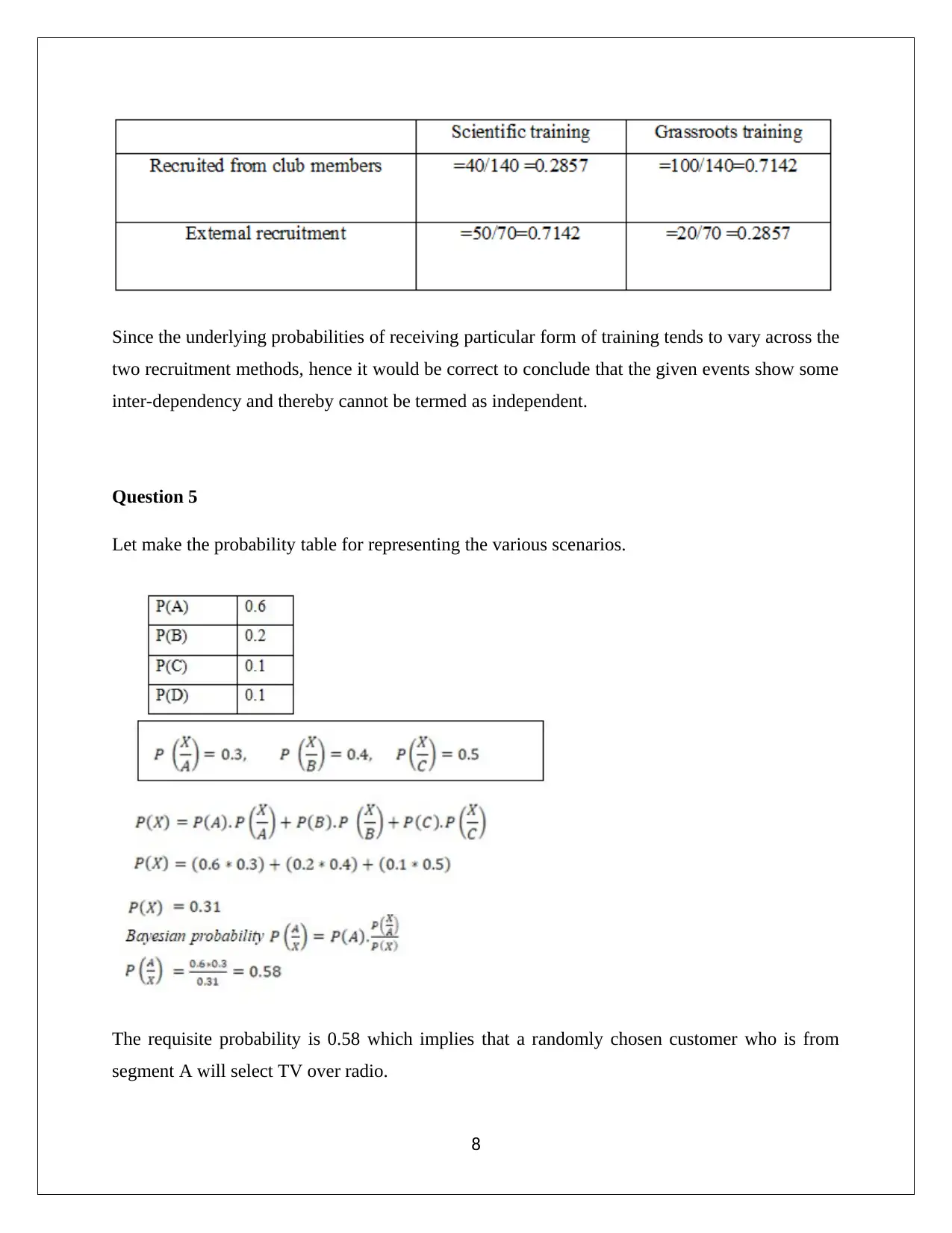
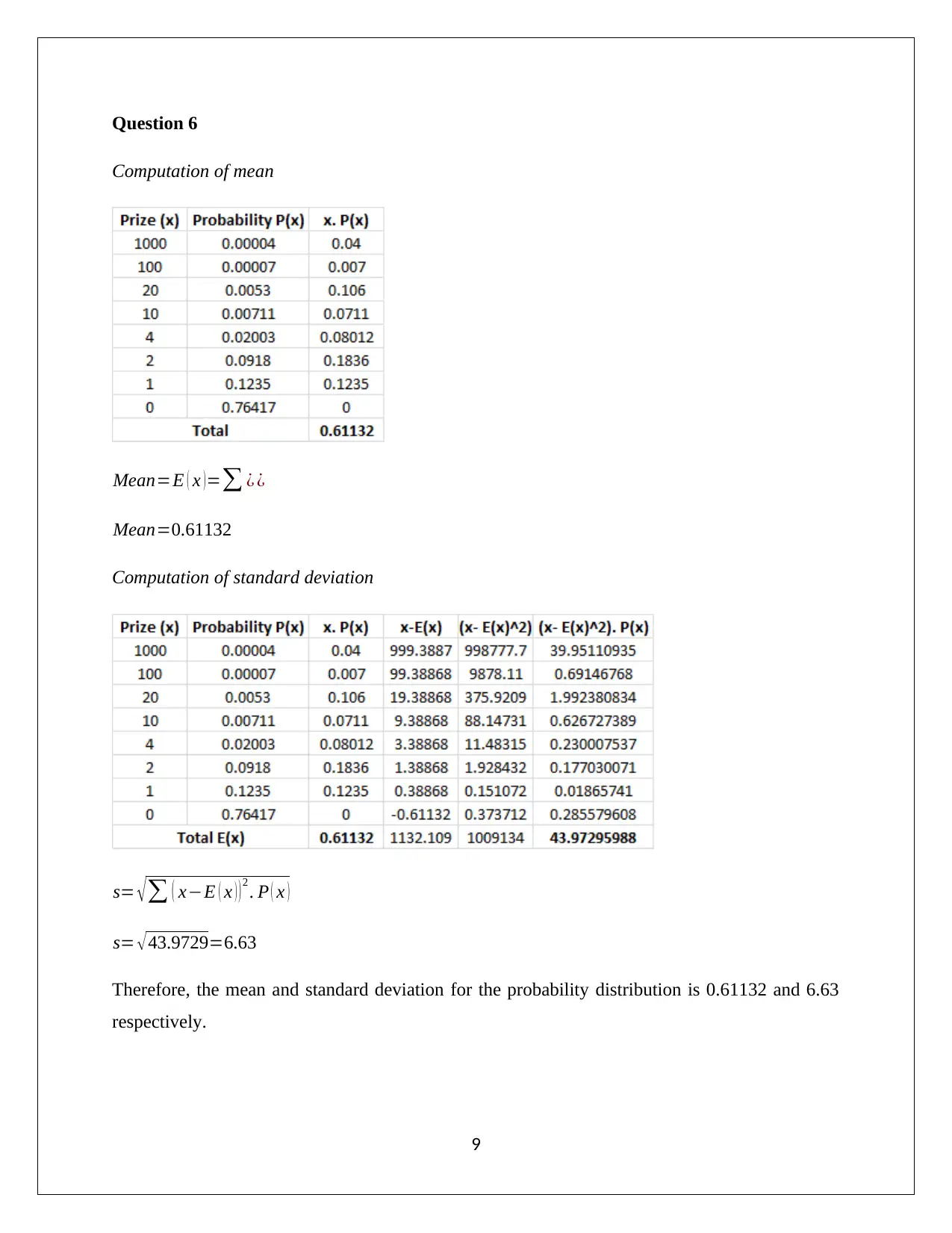
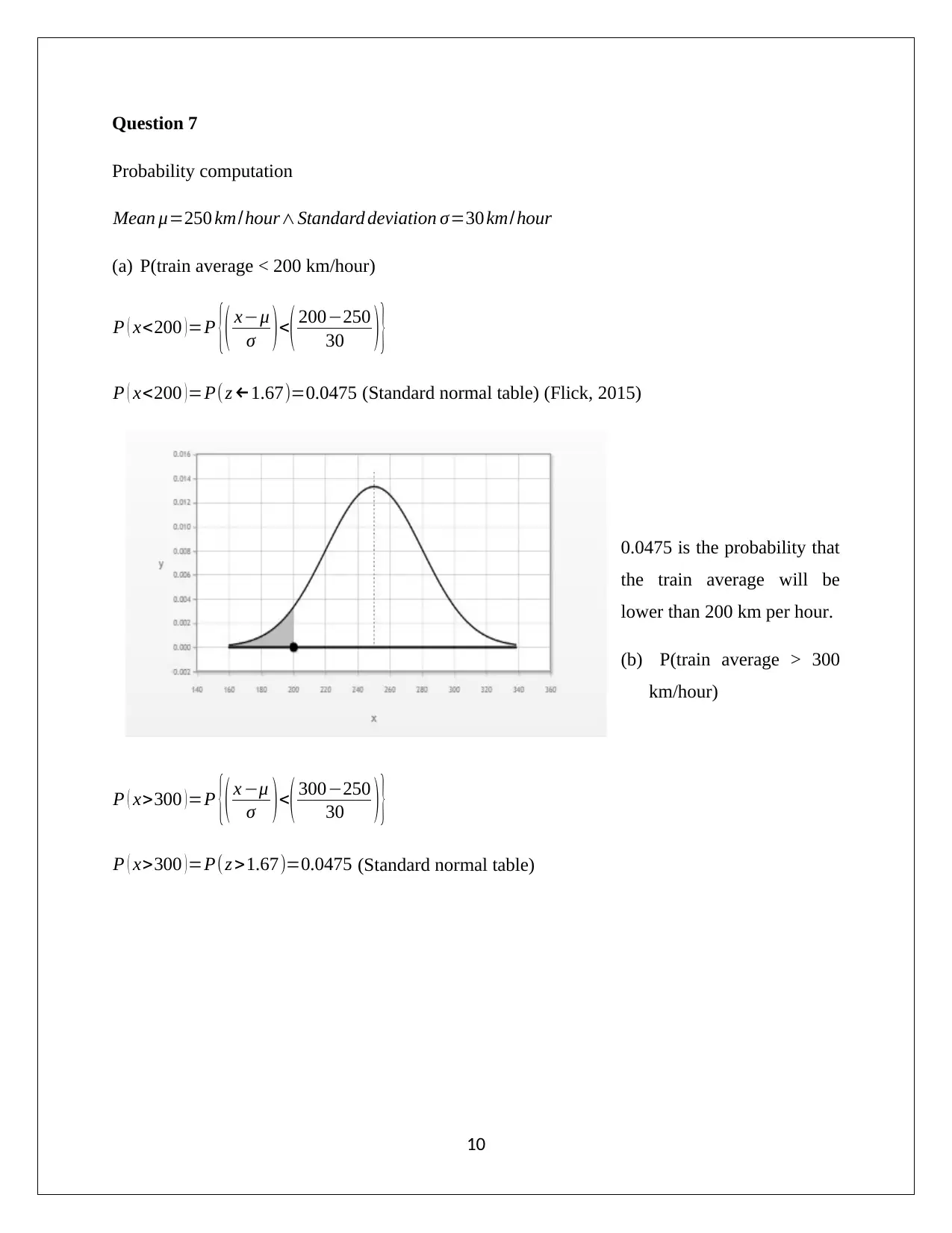
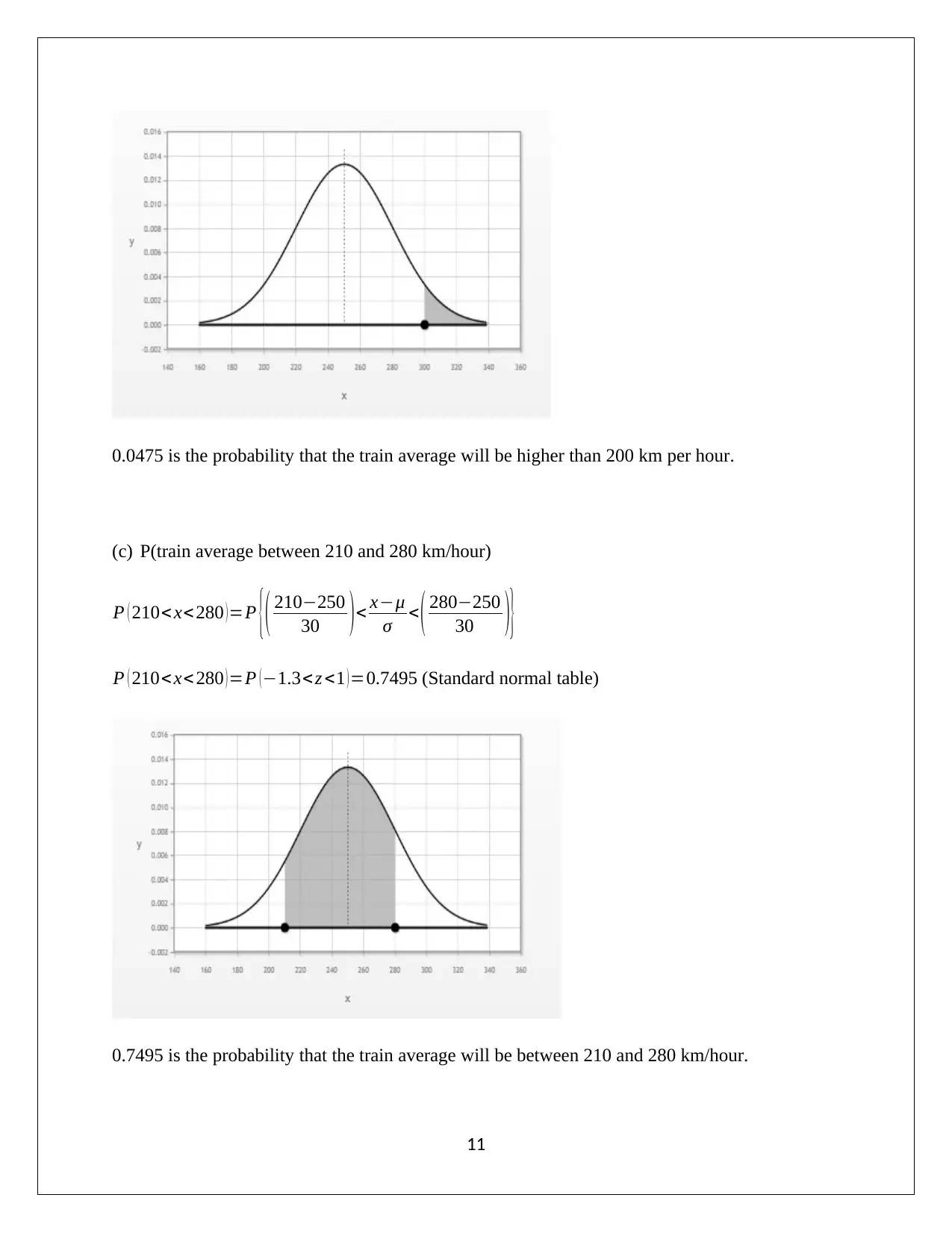
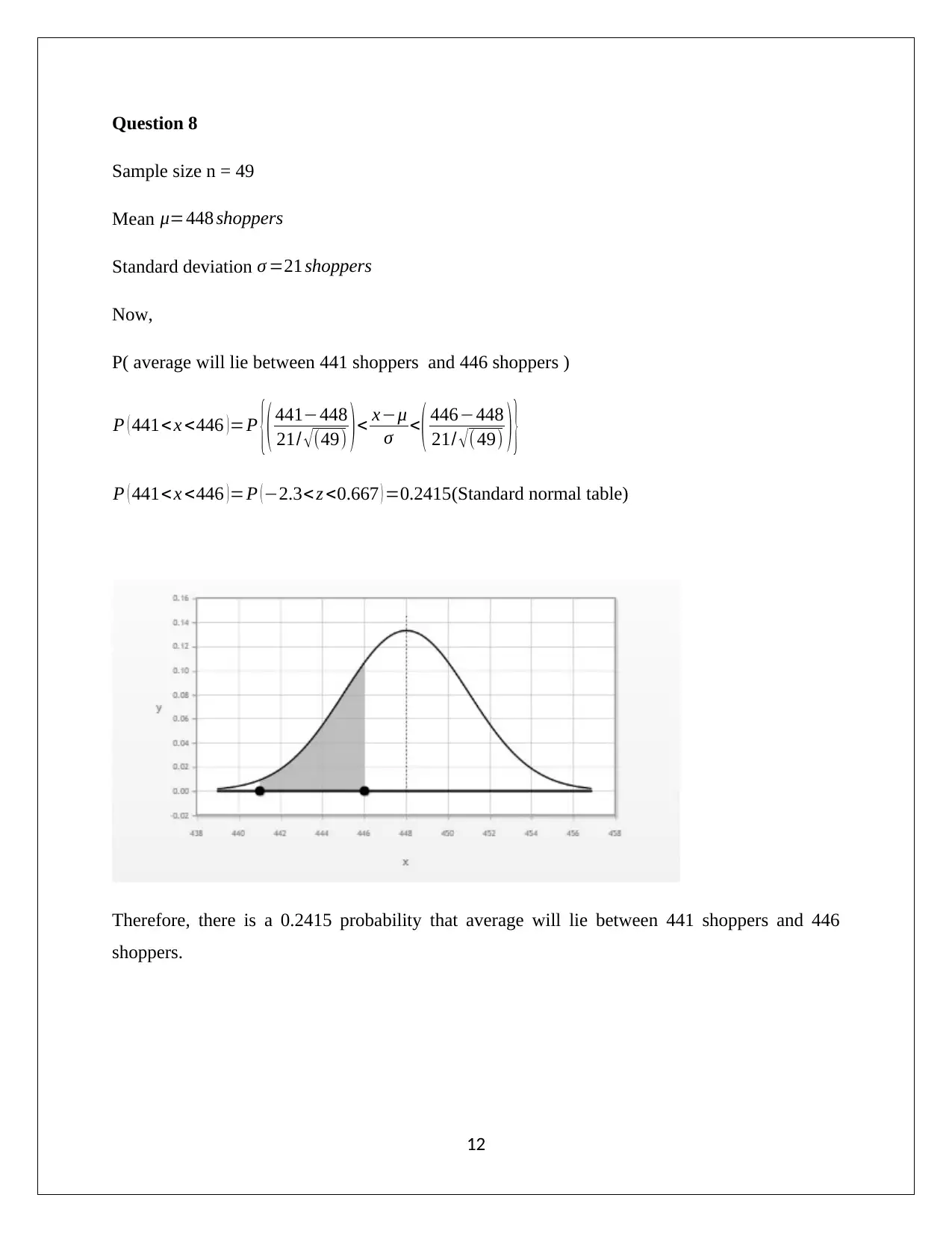
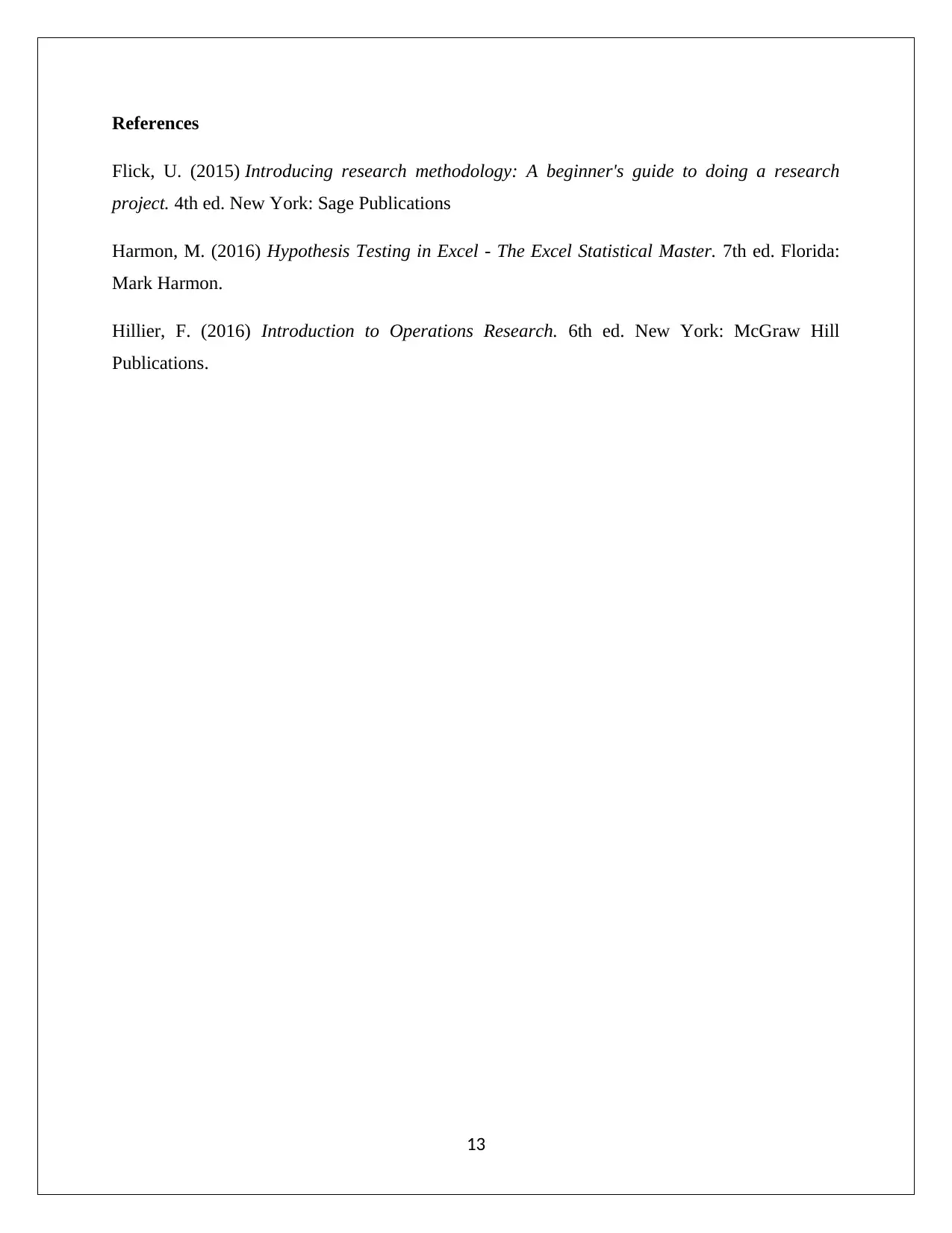






![[object Object]](/_next/static/media/star-bottom.7253800d.svg)